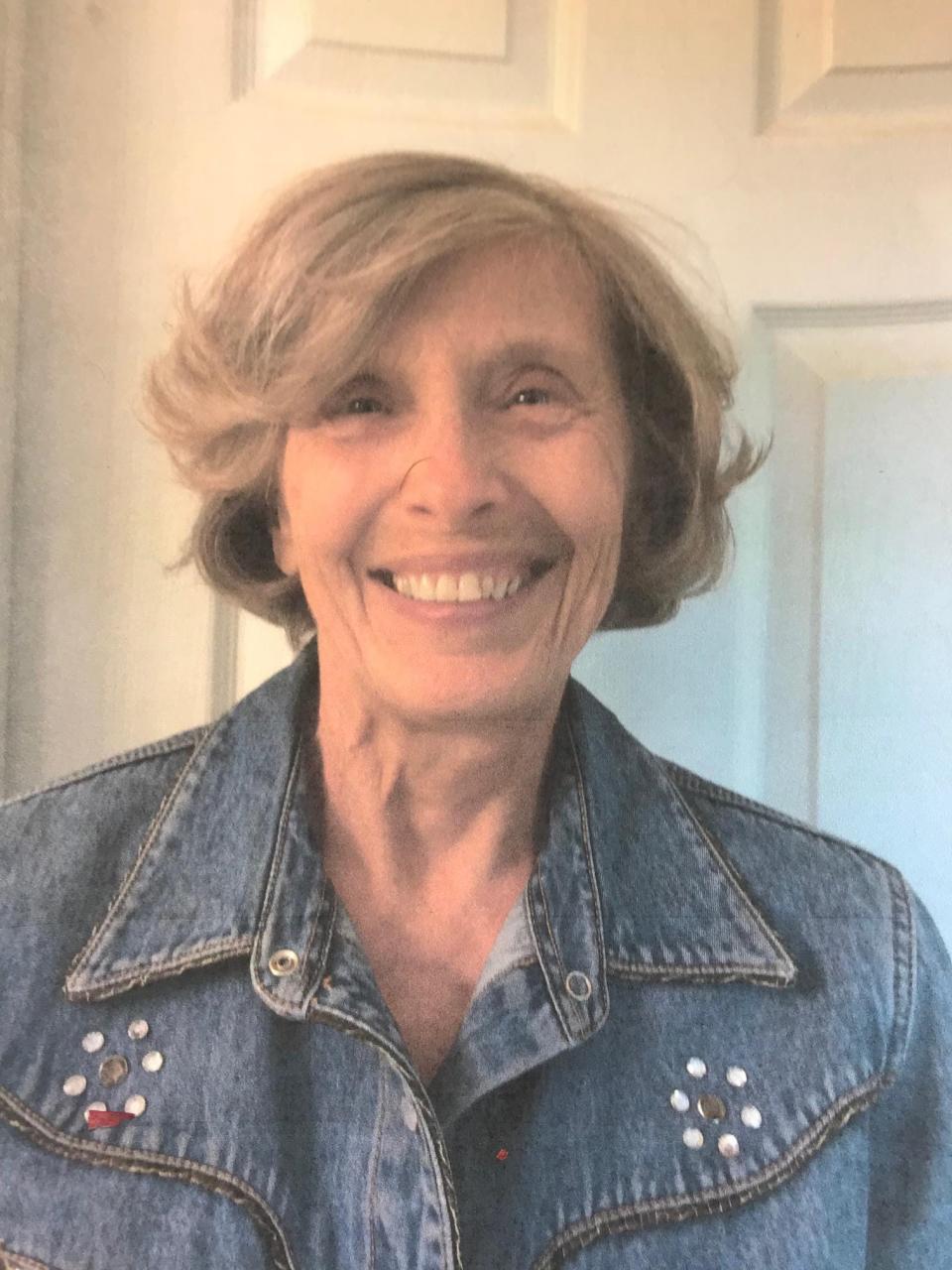Hoof Beats: Tom Bass, America’s Greatest Forgotten Horseman: Part I
If he had shown the traditional signs of being a child prodigy in mathematics, or music, or chess, people would still be talking about him. But Tom Bass had different gifts, and one major disadvantage. His gift, his genius, was training horses. The disadvantage — to whites, anyway — was his race. Tom Bass was a Black child whose mother, Cornelia Gray, was a 17 year-slave — which made Tom a slave too.
He was born in Boone County, Missouri, in 1859, on his white grandfather’s five thousand acre plantation. Eli Bass owned the land, crops, pastures, and a mansion that looked like a stage set for “Gone with the Wind.” He also owned a 50-stall barn for cattle and Saddle Horses — as American Saddlebreds were then called — and more than three hundred slaves. Tom’s father was William Bass, Eli’s oldest son. The only book-length biographies of him are “Tom Bass, Black Horseman,” by Bill Downey, a Black journalist distantly related to the Gray family, and an updated version written by his son William Downey, “Whisper on the Wind: The Story of Tom Bass — Celebrated Black Horseman.”
Cornelia Gray was five months’ pregnant with William Bass’s child when he married the daughter of a neighboring plantation owner. When Tom was a month old, William — riding Helen MacGregor,his favorite Saddlebred — pulled up in front of the Gray’s cabin and asked to see him. Shortly afterwards, Cornelia was moved closer to the big house to “help” William’s wife in her first pregnancy. After that there’s no mention of her. Tom’s grandparents raised him.
Although Tom was only six years old in 1865, when the Civil War ended, he never forgot the day Eli Bass called his slaves in from the fields and told them they were free. While none of the fighting had taken place near his plantation, and his sons never fought for the Confederacy, Eli had nearly bankrupted himself supporting it. According to Bill Downey, Eli “proposed a croup sharing deal to his former slaves who were just as destitute as he was.” Most elected to stay, including Cornelia’s parents, Presley and Eliza Gray. The only other good news was that General Ulysses W. Grant allowed Confederate soldiers to keep their horses. Grant, a Yankee, had lived with his wife’s family in Missouri for several years, and he loved their strong, smooth-gaited horses. Cincinnati, his favorite war horse, was a big, handsome Missouri-bred Saddlebred stallion. Without Grant’s largess, the American Saddlebred breed might not have survived.
Tom and his white father had a fraught relationship. At the age of three, Tom was riding Saddlebreds so much bigger than he was that he could walk underneath them. According to Bill Downey, William sometimes “amused himself by taking his slave son up on his saddle to ride” Helen MacGregor while he inspected his property. William probably never knew that, after one such outing, Tom started riding Helen MacGregor himself, every day, bareback, even jumping split-rail fences with her. Several times William took Tom to local horse shows as his groom while William rode Helen Mac. Tom was mesmerized. For the first time, he saw Saddlebreds compete against one another at five gaits. In another first — one that in later years would send reverberations all the way to Europe — he first saw “high-schooled” horses, who performed various airs — one, beloved of circus riders, was the Spanish walk. When Tom told his father that he wanted to train horses when he grew up, William discouraged him, saying that “the world is not ready for you.” Even though Tom was half white, he was, and always would be, Black.
Since he wasn’t allowed to train horses, young Tom decided to gait Mr. Potts, the family mule — and to show him off to an audience of three — William Bass and his two white sons. Tom also taught the mule some high school moves. It wasn’t classical dressage, but it was close.

Joan Fry is a lifelong horse lover and the author of “Backyard Horsekeeping: The Only Guide You’ Ever Need” (The Lyons Press, Revised Edition, 2007). She can be reached via email at joan@joanfry.com.
This article originally appeared on The Pueblo Chieftain: Hoof Beats: Tom Bass, America’s Greatest Forgotten Horseman: Part I

